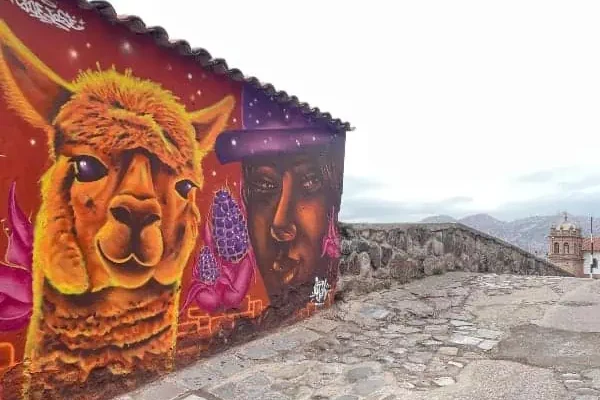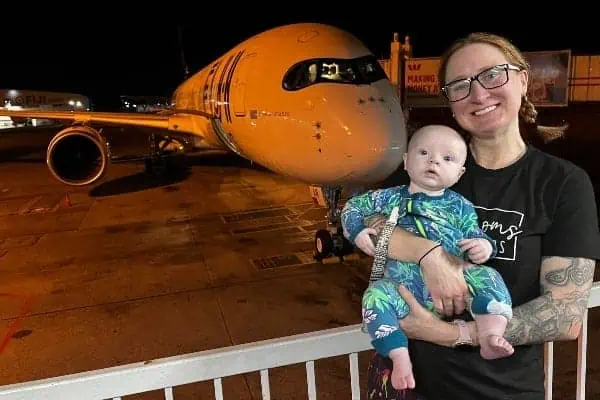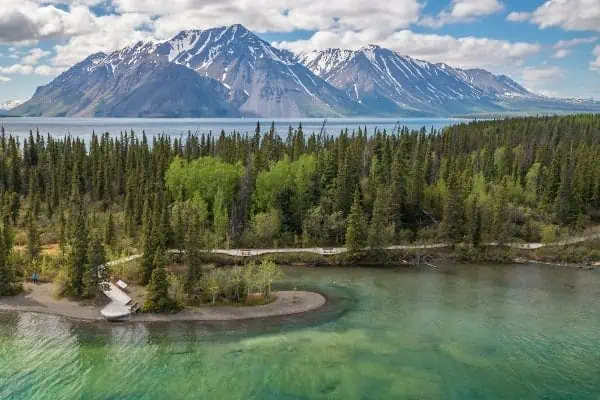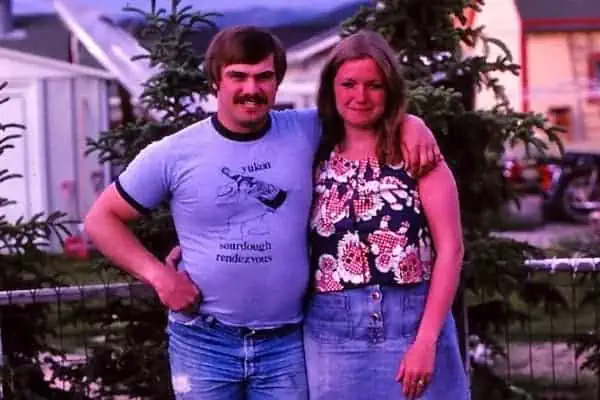It’s early morning in Cusco.
Birds begin to sing as the stars fade and the horizon to the east lightens ever so slowly. The first rays of sunshine start to warm the slopes of the sacred mountains of the region (the apus) whose spirits are honoured as guardians here in the Andes. The people in the rural communities at the bases of these mountains are already in their fields, chewing their coca leaves and working the land to produce the food that sustains their families and those living in the city.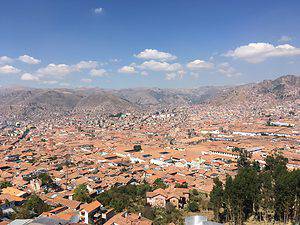
Meanwhile, in the markets of Cusco, trucks unload fresh produce including treasures such as corn, potatoes, yuca, mashua, olluco, chirimoya, mango, granadilla, lucuma, pepino dulce and aguaymanto. Women sell simple breakfasts on street corners (pan con huevo, queso o palta) served with a glass of a sweet warm beverage made with quinoa or maca. Children in their school uniforms hurry off to their classes as the first tourists wander out of their hotels and hostels. Some are off on day trips to the Sacred Valley or are traveling onwards to Machu Picchu while others make their way to the Plaza de Armas (the central square) where the architecture tells the story of the Spanish conquest. Cathedrals stand on top of Incan temples and ancient palaces were destroyed to be reused to construct colonial buildings. It was here that Tupac Amaru II, an iconic Indigenous revolutionary, was brutally executed by the Spanish in 1781.
In between the colonial arches and balconies, the logos of the modern empires of MacDonald’s, KFC and Starbucks can be glimpsed. Young women dressed in their traditional clothes walk around the historical centre with their baby alpacas, llamas and sheep, offering to have their picture taken for a couple of soles. Double decker tour buses pass by Qorikancha (the ancient sun temple of the Incas) and street vendors sell sunglasses on Avenida El Sol, as Tayta Inti (father sun) rises higher in the sky. Local women sit in the shade on the sidewalks outside of Mercado San Pedro, with the herbs and healing plants that they harvested in their gardens and on the hillsides for sale lined up in front of them on their blankets. Like an ancient traditional pharmacy, they offer their ancestral knowledge and motherly instructions to anyone who comes to them with an ailment. Inside the mercado central, souvenirs are bartered for and refreshing fruit jugos are enjoyed while a mixture of Spanish, Quechua (the indigenous language of the Andes) and an assortment of foreign languages can be heard intermingling with the sound of cars honking in the street.
In an attempt to escape the midday heat, a few travellers make their way through the neighbourhood of San Blas, past small cafes and restaurants. The smell of palo santo wafts out of a gift shop as they begin to climb a series of stairs that lead in the direction of a large white statue of Jesus Christ (Cristo Blanco). As they reach the top, they’re welcomed by an astounding panoramic view of the city. The airport is stretched out in the middle of the valley, while Estadio Garcilaso, the home of Cusco’s local soccer team Cienciano, stands out against the other buildings with its colourful stadium seating painted in honour of the rainbow coloured flag of Cusco. And almost straight below them are the tiled roofs and narrow streets of the historical centre. 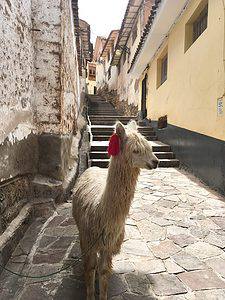
In the grassy areas above the city, near the archaeological site of Sacsayhuaman, teenagers play soccer with their friends while families enjoy their picnic lunches. During the dry season people from Cusco who miss the traditions of their rural communities come here to cook potatoes, oca (a special type of Andean root vegetable), sweet potatoes, fava beans, and bananas in earthen ovens called huatias, a technique that predates the Incas. A soft wind blows the smoke through the eucalyptus trees and cars pass by on the road that leads to the town of Pisac in the nearby Sacred Valley. Buses and taxis transport visitors to the archeological sites of Tambomachay, Puka Pukara and Q’enqo. Despite the constant stream of people, life feels less hurried up here.
The shadows begin to grow longer and the last few tourists exploring the impressively large dry stone walls of Sacsayhuaman slowly amble down a path back to the city. The markets close their doors and the vendors head home to their families. As soon as the sun goes down, the cold creeps in. Young couples sit close together on benches at the Mirador de San Blas as the moon rises and the lights of the city form a web of gold draped over the hills surrounding Cusco. The southern cross moves gradually across the night sky as locals huddle around carts on street corners where women sell emoliente, a soothing warm Peruvian infusion made with toasted barley and a variety of medicinal herbs. Little by little the streets empty, the music pouring out of the bars quiets and the city rests once more under the protection of its apus.
A version of this story originally appeared online with What’s Up Yukon in Aug 2020.

